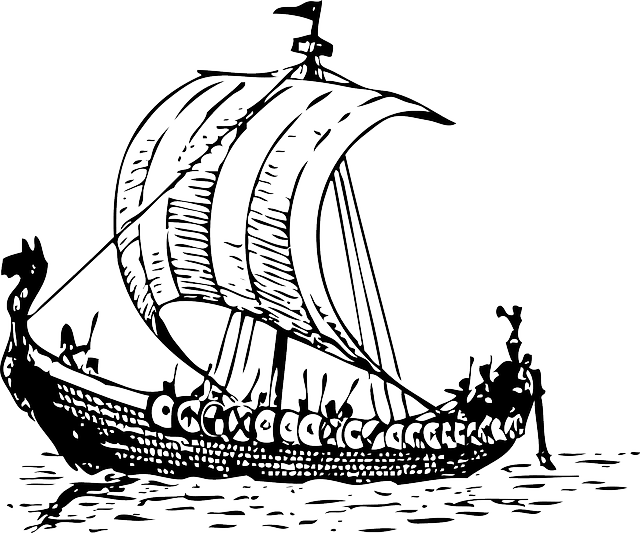Viking Names: Named After a Relative
Viking parents named their children after a deceased relative, preferably a direct ancestor such as a grandparent or great-grandparent. Vikings venerated their ancestors. By naming a child after a dead relative, it was believed that part of the deceased person’s luck would attach to the new child and bring them success in life. In a sense, a part of the deceased lives on in the child.
If a relative died while a child was the womb, that child always took the name of that relative. If a boy’s father died before he was born, the boy received the father’s name. If an honored ancestor had a common name, then the ancestor’s byname or nickname would also be given to the child. Thus, Viking names remained in the same families for long periods of time.
“Vikings Definitely Came to the New World Before Columbus. Did Celtic Monks, the Chinese, and Phoenicians Do So Also?”
For the full “History Unplugged” podcast, click here!
Viking Names: Alliteration and Variation
Many Viking parents would use two other naming conventions when giving their children Viking names. One was alliteration. The same sound was used in the beginning of each child’s name: Olaf, Olief, Olvir, Ospak, Ottar, for example. Another principle used was variation, changing one name element while leaving the other the same for all children: Hallbjorn, Hallbera, Halldor, Hallfrid, Hallgerd, Hallkel and Halli. Alliteration and variation are ancient naming customs; naming after deceased relatives became more prevalent during the 9th century.
Viking Names: Name Elements
While many Viking names had only one name element, others had two name elements or more. For example, the name Bjorn meaning Bear is one name element. Bjornstein, meaning Bear Rock, is a name with two elements. It’s important to remember that name elements must be carefully used. Some name elements are used only in the first position, others only in the last position. Some are used only for males; others used only for females.
Named for a God
Viking parents also chose the name of a god to use in their children’s Viking names. Thor, the hammer-wielding protector of humanity, was the most popular god and Thor as a name element was quite common for boy’s names: Thorald, Thorberg, Thorbjorn, Thord, Thorfast, Thorgest and so on. For girls, names with As (god) were common: Asdis, Asgerd, Ashild, Asta and Astrid.
Bynames or Nicknames
Vikings often received nicknames from people who knew them well and were usually derogatory. People themselves didn’t use their nicknames, but others referred to them by it. People could get stuck with a nickname because of a physical or character trait, their occupation, place of origin or habits.
Patronymics
Vikings did not have surnames as we know them today. They used the patronymic system or more rarely, a metronymic was used. Snorri Sturluson means Snorri, son of Sturla, for example. Patronymics, son of or daughter of (father’s name), were far more common than a matronymic, which would be son of or daughter of (mother’s name).
This article is part of our larger selection of posts about The Vikings. To learn more, click here for our comprehensive guide to The Vikings.
Cite This Article
"Viking Names and Naming Conventions: How Did They Work?" History on the Net© 2000-2024, Salem Media.
April 17, 2024 <https://www.historyonthenet.com/viking-names-and-naming-conventions>
More Citation Information.
